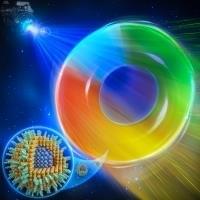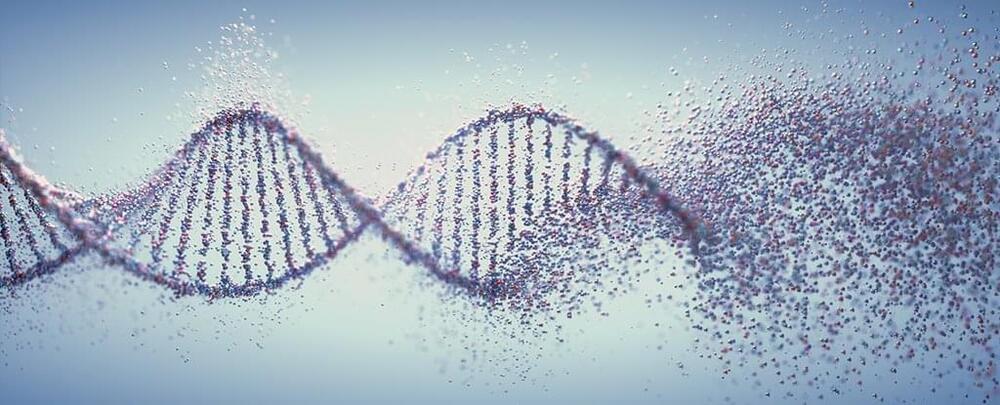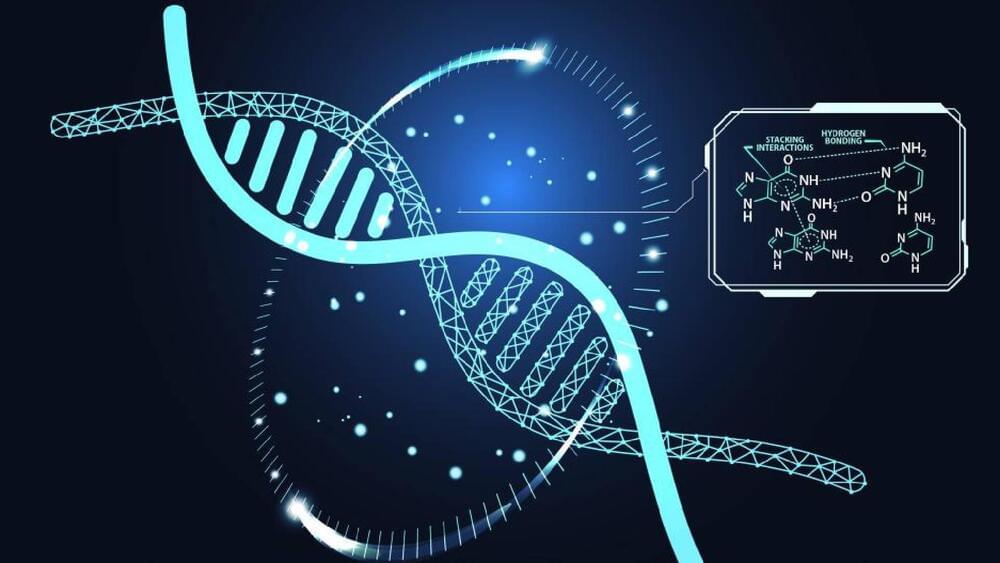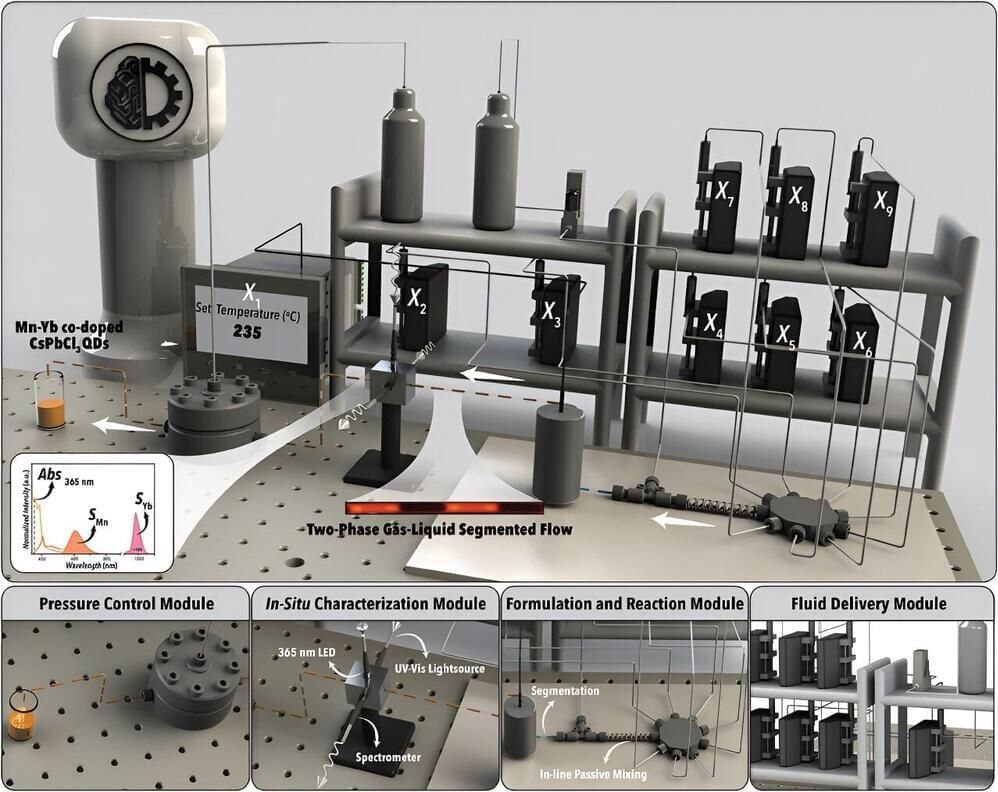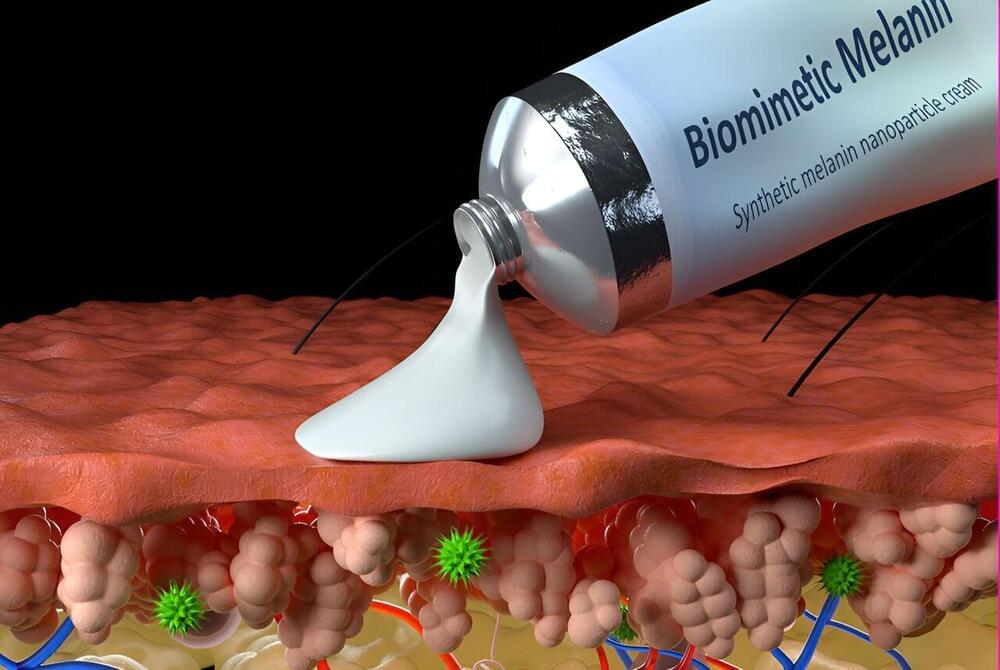A color wheel (CW) is one of the most essential devices for contemporary projection displays because it provides the color initialization definition and determines the color performance of the whole system. However, conventional color wheels remain limited in terms of color performance and efficiency because of the light-absorbing material and time sequential color generation. Quantum dots, found in 1981 and known as a kind of quasi-zero-dimensional nanomaterial, exhibit excellent features for displays due to their quantum confinement effect, which won the 2023 Nobel Prize in Chemistry. Inspired by this, the paper systematically demonstrates a quantum-dot color wheel (QD-CW) device through theoretical derivation, simulation analysis, and experimental verification. The theoretical model to define the duty circle ratio is presented for the QD-CW and verified by Monte Carlo ray-tracing simulation. In terms of experimental verification, the QD-CW device is realized by multiple rounds of a photolithography process, and then assembled into a blue laser pumped projection prototype for full-color display. The chromaticity coordinates of white-balanced output are finally located at (0.317,0.338), which matches well with a standard D65 source. The color gamut area of the QD-CW device reaches 116.6% NTSC, and the average light conversion efficiency (LCE) of the prepared QD-CW is 57.0%. The proposed QD-CW device has ∼40% higher color gamut area and 1.2× higher LCE than a conventional CW device. These exciting findings show a groundbreaking approach to color generation in projection displays, which are expected to shed light on other high-quality display applications.
Category: chemistry – Page 101
A robotic AI-Chemist@USTC makes useful Oxygen generation catalyst with Martian meteorites. (Image by AI-Chemist Group at USTC)
Immigration and living on Mars have long been depicted in science fiction works. But before dream turns into reality, there is a hurdle man has to overcome — the lack of essential chemicals such as oxygen for long-term survival on the planet. However, hope looms up thanks to recent discovery of water activity on Mars. Scientists are now exploring the possibility of decomposing water to produce oxygen through electrochemical water oxidation driven by solar power with the help of oxygen evolution reaction (OER) catalysts. The challenge is to find a way to synthesize these catalysts in situ using materials on Mars, instead of transporting them from the Earth, which is of high cost.
To tackle this problem, a team led by Prof. LUO Yi, Prof. JIANG Jun, and Prof. SHANG Weiwei from the University of Science and Technology of China (USTC) of the Chinese Academy of Sciences (CAS), recently made it possible to synthesize and optimize OER catalysts automatically from Martian meteorites with their robotic artificial intelligence (AI)-chemist.
Summary: Researchers made a breakthrough in memory research by genetically modifying the LIMK1 protein, crucial for memory, to be controlled by the drug rapamycin.
This study demonstrates the ability to enhance memory functions by manipulating synaptic plasticity in the brain.
The engineered protein showed significant memory improvement in animal models with age-related cognitive decline, offering potential for innovative treatments for neuropsychiatric diseases like dementia. This ‘chemogenetic’ approach, blending genetics and chemistry, opens new avenues in neurological research and therapy.
How did life begin? How did chemical reactions on the early Earth create complex, self-replicating structures that developed into living things as we know them?
According to one school of thought, before the current era of DNA-based life, there was a kind of molecule called RNA (or ribonucleic acid). RNA – which is still a crucial component of life today – can replicate itself and catalyse other chemical reactions.
But RNA molecules themselves are made from smaller components called ribonucleotides. How would these building blocks have formed on the early Earth, and then combined into RNA?
At Oak Ridge National Laboratory (ORNL), quantum biology, artificial intelligence, and bioengineering have collided to redefine the landscape of CRISPR Cas9 genome editing tools. This multidisciplinary approach, detailed in the journal Nucleic Acids Research, promises to elevate the precision and efficiency of genetic modifications in organisms, particularly microbes, paving the way for enhanced production of renewable fuels and chemicals.
CRISPR is adept at modifying genetic code to enhance an organism’s performance or correct mutations. CRISPR Cas9 requires a guide RNA (gRNA) to direct the enzyme to its target site to perform these modifications. However, existing computational models for predicting effective guide RNAs in CRISPR tools have shown limited efficiency when applied to microbes. ORNL’s Synthetic Biology group, led by Carrie Eckert, observed these disparities and set out to bridge the gap.
“A lot of the CRISPR tools have been developed for mammalian cells, fruit flies, or other model species. Few have been geared towards microbes where the chromosomal structures and sizes are very different,” explained Eckert.
Immigration to and living on Mars have long been depicted in science fiction. But before that dream turns into reality, there is a hurdle humans have to overcome—the lack of chemicals such as oxygen essential for long-term survival on the planet. However, the recent discovery of water activity on Mars is promising.
Scientists are now exploring the possibility of decomposing water to produce oxygen through electrochemical water oxidation driven by solar power with the help of oxygen evolution reaction (OER) catalysts. The challenge is to find a way to synthesize these catalysts in situ using materials on Mars, instead of transporting them from the Earth, which is costly.
To tackle this problem, a team led by Prof. Luo Yi, Prof. Jiang Jun, and Prof. Shang Weiwei from the University of Science and Technology of China (USTC) of the Chinese Academy of Sciences (CAS), recently made it possible to synthesize and optimize OER catalysts automatically from Martian meteorites with their robotic artificial intelligence (AI)-chemist.
The AI tools were complemented by quantum biology and bioengineering approaches.
Philip Gray/ORNL, U.S. Dept. of Energy.
Combining several advances.
It can take years of focused laboratory work to determine how to make the highest quality materials for use in electronic and photonic devices. Researchers have now developed an autonomous system that can identify how to synthesize “best-in-class” materials for specific applications in hours or days.
The new system, called SmartDope, was developed to address a longstanding challenge regarding enhancing properties of materials called perovskite quantum dots via “doping.”
“These doped quantum dots are semiconductor nanocrystals that you have introduced specific impurities to in a targeted way, which alters their optical and physicochemical properties,” explains Milad Abolhasani, an associate professor of chemical engineering at North Carolina State University and corresponding author of the paper “Smart Dope: A Self-Driving Fluidic Lab for Accelerated Development of Doped Perovskite Quantum Dots,” published open access in the journal Advanced Energy Materials.
How precious metals were brought to Earth and preserved in a magma ocean #preciousmetals metals.
#earth.
#magma.
#giantimpacts.
#kilonova.
#neutronstars.
#cosmicexploration.
#earthformation.
#planetaryexploration.
#planetaryscience.
#geochemistry.
#mineralogy.
#geophysics.
#usa.
#china.
#southafrica.
#brazil
Imagine a skin cream that heals damage occurring throughout the day when your skin is exposed to sunlight or environmental toxins. That’s the potential of a synthetic, biomimetic melanin developed by scientists at Northwestern University.
In a new study, the scientists show that their synthetic melanin, mimicking the natural melanin in human skin, can be applied topically to injured skin, where it accelerates wound healing. These effects occur both in the skin itself and systemically in the body.
When applied in a cream, the synthetic melanin can protect skin from sun exposure and heals skin injured by sun damage or chemical burns, the scientists said. The technology works by scavenging free radicals, which are produced by injured skin such as a sunburn. Left unchecked, free radical activity damages cells and ultimately may result in skin aging and skin cancer.
